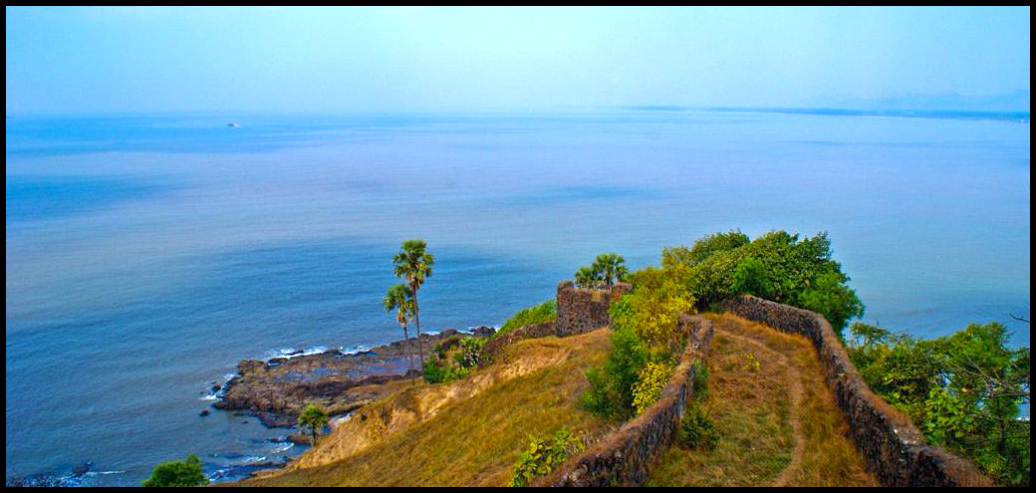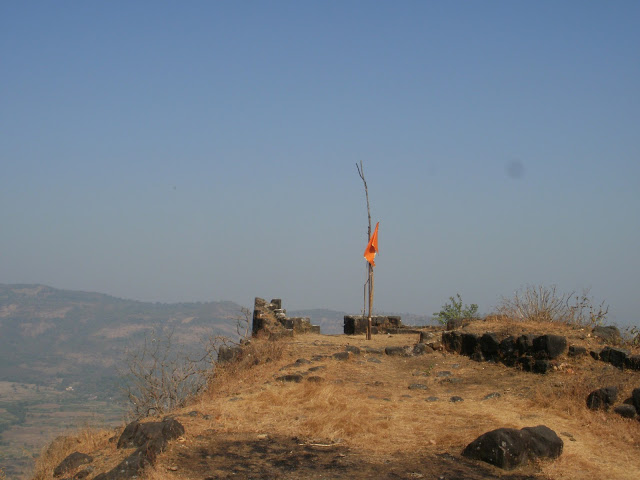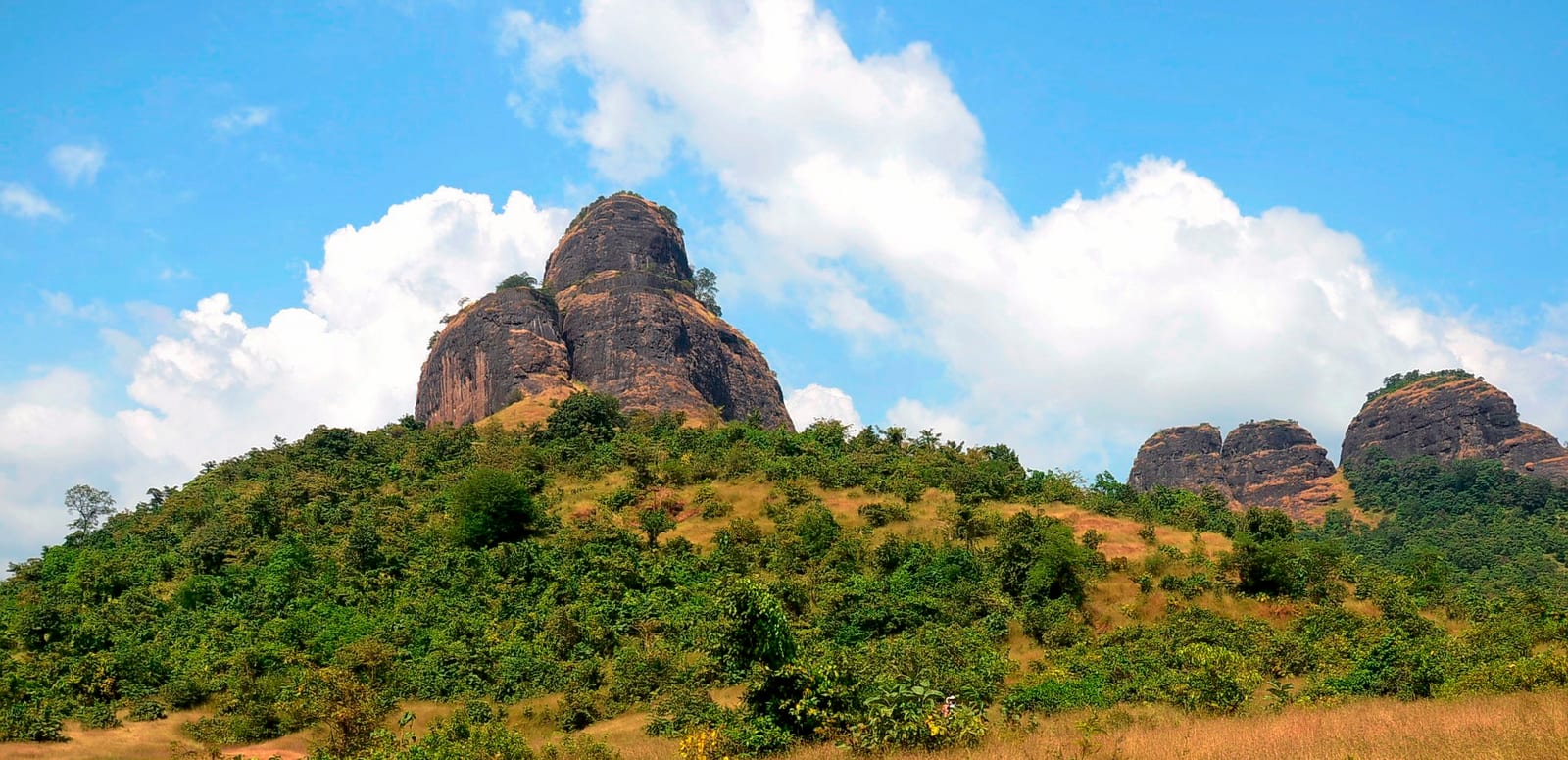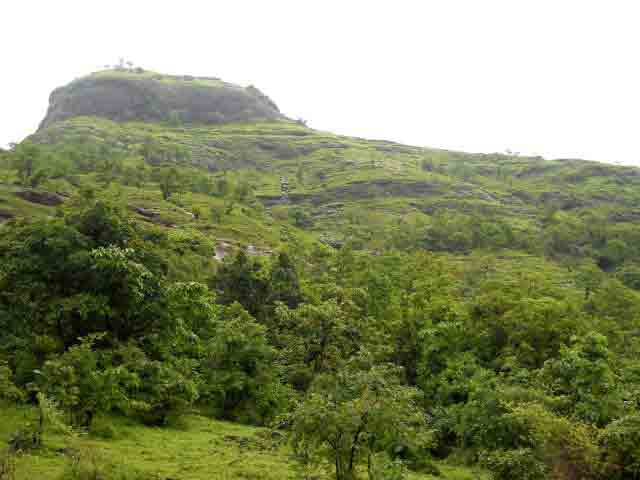Contact Us :
Korlai fort , Alibaug
Korlai fort Korlai fort Korlai fort Korlai fort Korlai fort
A lone fort stood over a hill, on an island just off the creek. The island was a small one, with a fishing village at the foot of the hill, and a fort atop it. From what we could see, from across the creek, there was nothing much to be seen. The fort appeared to be in ruins, as were most of the other forts we had seen in the area. Yet, a friend had assured me that I would like the place, and it was all thanks to him that we driving in the relentless heat towards Korlai Fort in Alibag.
The trip to Alibag itself was one I hadn’t been too keen on. The long weekend was approachi
g, and the harried citizens of Mumbai were making their way to their regular weekend haunts in and around the area. The rush at the jetty and the crowd in the catamaran had just confirmed my worst fears – of a weekend spent in the midst of teeming tourists! A cousin, however, was visiting, and he wanted to go – so there we were, three cousins and a naughty nephew, at Alibag. We had spent the morning in peace, communing with nature at Akshi beach, watching the sun rise behind the acacia trees and crabs emerge from their hidey holes. We had woken up early enough to beat the beachcombing tourists and were now heading to the fort, hoping that the sun would deter most of the crowd from making the same jaunt as us!
One of the most interesting things about Korlai, is its name. This small island was once called ‘Morro de Chaul’. Morro, in Portuguese, implies ‘a small, rounded hill’; words that best describe the hill atop which the fort is built. The present name – Korlai fort, comes from the village of Korlai on the foothills. This name also comes from the Portuguese – the residents of this fishing village speak a dialect of the Portuguese Creole called ‘kristi’. The word Creole eventually was distorted to Korlai.
It is also said that the name comes from the numerous curlews, which arrived here every year. There were no curlews when we visited, since it was peak summer, but we were the only ones on the glorious beach, which seemed to stretch on forever!
The Korlai fort was built by the Portuguese in 1521, as a companion to the fort at Chaul, guarding the Revdanda Creek. It commands a wonderful view of the creek and is a perfect location for monitoring ships arriving in the area. It was undoubtedly one of the more important forts of the 16thcentury. The fort passed into Maratha hands, and later into those of the British in the eighteenth century. While the British are said to have used a beacon on the island to help ships navigate, the fort was neglected and it eventually crumbled and left the ruins we can see today.
A set of narrow steps cut in the hillside takes us to the fort, where little remains but an old church and the remnants of a rain water harvesting system. A climb to the fort is worth the effort, simply for the views.
The lighthouse is open for visitors between 4 PM and 6 PM, but someone is always present there to help visitors who arrive at the wrong time, as we did. A young trainee manning the lighthouse was happy to help us up the winding staircase and then tell us how the lighthouse worked, while we feasted our eyes on the sight of the Arabian Sea stretching out ahead of us.




















